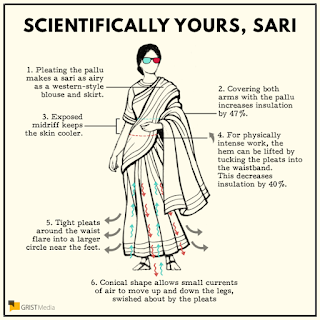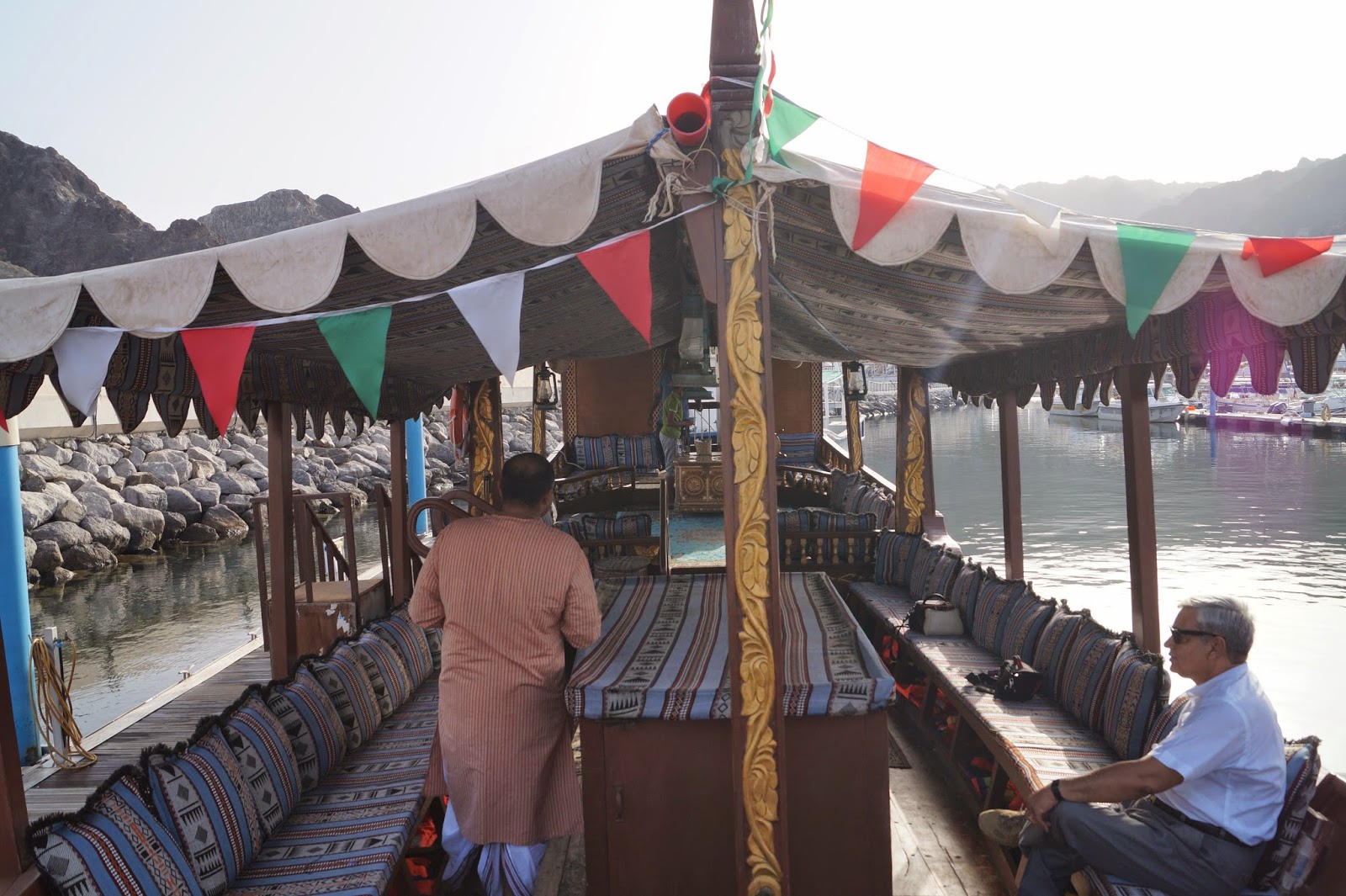Hello everybody, hope you all are doing fine.
Do you ask
where was I for these many days? Well, nothing but I had been to India my home.
We enjoyed the one whole month vacation there and now I am back to Muscat with
the usual routine. So it has been long since I wrote something and today I am
going to talk about this which is a visual treat for me back home in Bangalore
and more so in the remote villages nearby when we drove from Karnataka and
Tamil Nadu where we holidayed.
If you want any hint on this, remember our Neena Gupta’s directorial
series back in nineties Saans.
Courtesy: Saans Serial Promo on www.youtube.com
Yes of course I am talking about the beautiful vermilion
coloured huge dot on the forehead of women in India. There has been a joke on this too.
Courtesy: www.jokofy.com
Just recently, I read somewhere where they asked why do we
wear bindi ? Why only Vermilion red? Is there any reason behind?
I am sure you all might have seen your mother, grandmother,
aunt sporting this Bindi as one of the adornment in the middle of the forehead.
It is said if you see a woman with this bindi from very far and you assume she
has to be a married woman (This is one of the sign of a married woman). The
scientific reason behind this is to stimulate the nerve that joins the centre
of forehead and the brain and keep it active throughout the day. While keeping
the bindi or vermilion powder, we have to press the centre point of the
forehead so that the brain gets some kind of acupressure and it calms down the
stress levels inside the brain. It also enhances the thinking nerves inside the
brain.
Vermilion Red has the power to subside the negative energy
of the person in front of it. This secret was very much used by our ancestors
to turn all negative energy to positive and hence they use to propagate upon
wearing the Vermilion coloured powder to the women in the house.
All said and done as and when the trend changed wearing this
Vermilion powder to plastic stick on and later on totally discarding it as it
might not suit the attire. It is true to some extent, but I feel given a chance
why we for a change don’t revive this trend back.
I came across a beautiful innovation video which is a life saving dot. Literally Iodine supplement for the women in India. Must Watch and here is the video.
Need some inspiration? Sure we do in the name of fashion.
Ashley Judd at the premiere of her NGC Documentary on AIDS in 2007
Courtesy: www.nymag,com
Gwen Stefani, an avid promoter of Indian Culture to the Non Hindu population in early 1990's
Courtesy: www.nymag.com
Katy Perry in her Indian Attire to the 2011 Grammy's
Courtesy: www.nymag.com
Sana Saeed elegantly sporting the bindi with the western outfit
Courtesy: Sana Saeed official Instagram
Willow Smith, Rapper Singer and Daughter of Will Smith has often seen with the bindi
Courtesy: Dailymail UK
GENERAL DISCLAIMER
The copyrights to all pictures and logos mentioned in this blog belongs to the respective persons. I do not claim any monetary benefits by using these pictures.


























